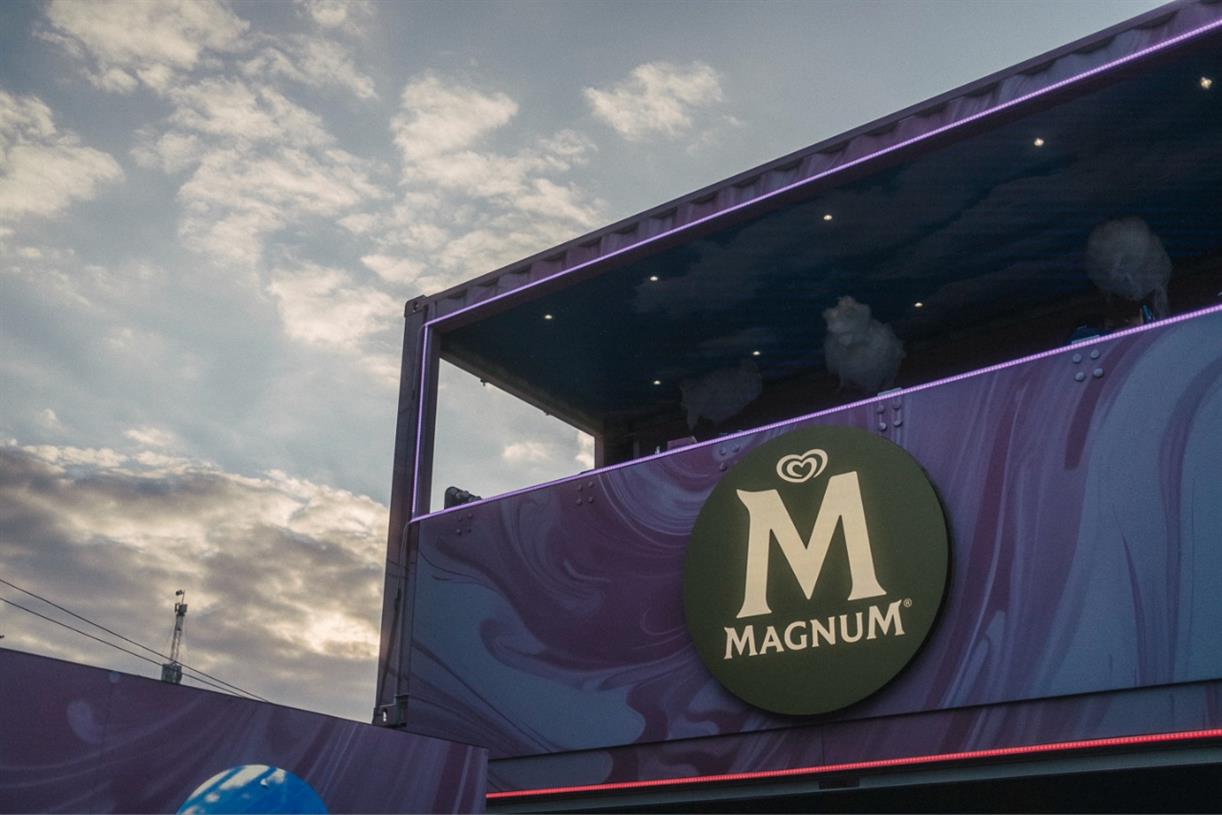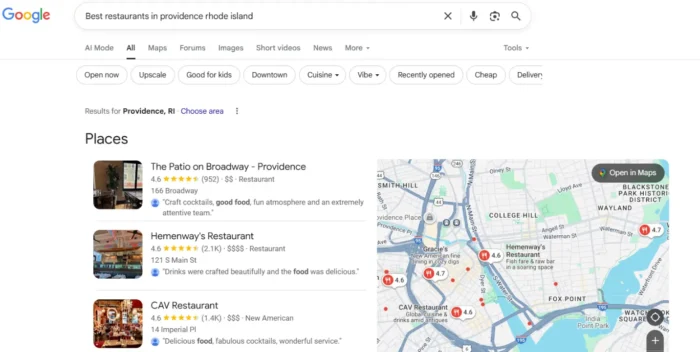4 retail lessons from top brands
Insights on inclusivity, sustainability, improvisation and selling to modern audiences from top brand marketers.

The past two years have kept marketers on their toes as the pandemic has drastically changed the way we shop. Retailers must adapt to seismic shifts affecting production, purchasing as well as evolving social expectations from consumers.
At this week’s Ad Age Next: Retail conference, marketers from Khloé Kardashian’s Good American, Abercrombie & Fitch, Mattel and more weighed in on the evolving retail landscape. These are the top lessons from Tuesday’s virtual event:
Express inclusivity in both message and product
As fashion brands are pushed to be more inclusive in their messaging—showcasing models and support for communities of different sizes, shapes and colors—they’re paying mere lipservice when it comes to integrating that same inclusion into their products, according to Emma Grede, CEO of fashion label Good American, which she co-founded with Khloé Kardashian.
Grede, who spoke about tapping into retail trends, started Good American with Kardashian six years ago as a response to the growing body positivity movement. They were looking to bridge the gap between separate plus-size and “everybody else” apparel.
She said that while labels are eager to feature plus-sized women in their marketing, “the reality is still that the clothing isn’t there for them.” At Good American, sizes range from 00 to 24 and each item is showcased on models of various sizes, allowing customers to not only buy clothes that fit them, but also be able to judge if the fit will be right before having it delivered.
Grede’s ultimate goal is to free women of the restrictions of sizing that dictates—mostly by male executives, she said—what women of different sizes should be wearing. She welcomes other brands to follow Good American, not just in their messaging, but in the items they sell to women—without the mindset that they must “sacrifice style for the sake of inclusivity.”
Marry traditional and modern platforms
Perhaps one of the biggest influences of the COVID pandemic was accelerating the move into digital spaces, whether for commerce or followers. Many have been eager to hop into trends in social, crypto and virtual spaces, but as the world moves back to interacting within physical walls, the future of retail will look more like a hybrid model.
Carey Collins Krug, senior VP of marketing at Abercrombie & Fitch, explained that the key is how one thinks about “the connective tissue and having one view of the customer across all the different channels and network,” explaining that a single customer might interact with Abercrombie & Fitch on social channels while browsing products on its website and then buy the item in a physical store. She later described the consumer as “the mediator and the driver of that tension between the two worlds.”
Similarly, Alyssa Raine, group VP of customer marketing platforms at Walgreens, said she sees the future of shopping as a hybrid model. She envisions a marriage of physical and digital shopping where “you go into a store and there’s options for your needs, but you have access to a digital shelf that will have more niche products that may meet your personalized needs.”
Lauren Weinberg, chief marketing and communications officer at Square, described a developing hybrid approach to payments as well – where purchases are made online and picked up in-store or vice versa.
“People are really enjoying all the preferences that were introduced during COVID, including QR codes,” she said. “There are so many things that were always on people’s radars that really started to accelerate…it’s a one-way door and I don’t think people will ever go back because it’s really about making it easy.”
Sustainability is a materials and social issue
As warnings about climate change have become increasingly dire, sustainability has been a front-of-mind topic for brands to address. But it isn’t a one-track idea for some brands.
Pamela Gill-Alabaster, global head of sustainability at Mattel Inc., described the ways in which the toy brand utilizes eco-friendly materials in its production process. She said that Mattel’s approach involves “not just materials—making toys that are better for the planet—but also making toys that engage children of all backgrounds and ethnicities and using our platform to drive environmental and social change.”
The combination of eco-conscious materials with inclusive designs ensures not just that the toys will positively affect the planet and that demand for the toys will grow as well, but that a diverse and widespread audience will have the opportunity to connect with the sustainable dolls.
Listen and respond
In the early pandemic days, supply chain disruptions made maintaining stock a hardship across the board—a concern that's recurred frequently since 2020. In a panel about solving these issues, Jacq Tatelman, co-founder, CEO and creative director of State Bags, described the brand’s approach to production as “strategic improvisation.” What she meant was that in a time when nothing is certain, the highest value a retailer can have is to listen—to both consumers and production partners—and respond with transparency and empathy. She described disastrous supply chain mishaps, which State tried to rectify by having “plan A, B and C” at the ready, while also tracking key milestones in the process in order to accurately keep the customer informed.
It mirrored another message from Grede’s panel on retail trends. She said when the pandemic hastened digital-first behavior, Good American was prepared because of its geo-diverse supply chain, allowing the brand to nimbly pivot alongside consumer demand.
The same can be said of the shift social strategy for Good American, and fellow Kardashian brand Skims, during the pandemic, when TikTok became the ruler of audience engagement—which necessitated trial and error.
“Our audience ultimately does the [marketing] heavy lifting for us. When you have a product with true virality,” she said, “it has a life of its own…what we’re very good to do is recognize those trends and jump on them. We’re really, really community-led.”

 Astrong
Astrong 
































